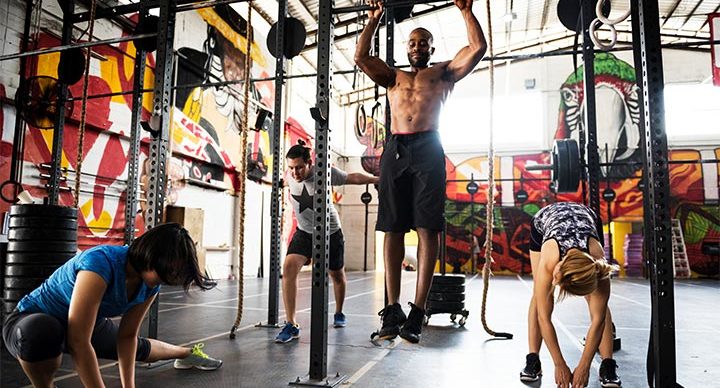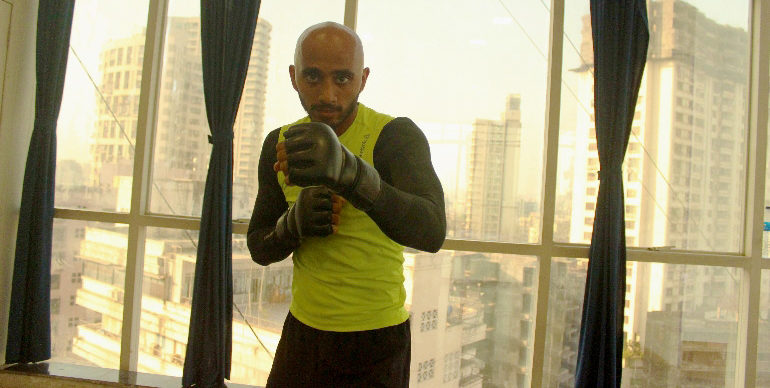
There are 4 main types of training formats usually used to to enhance various types of cardiovascular performance. Below are the are 4 different types of cardio training that your personal trainer might use at varying times in your training routine.
Long Distance Slow Training
This is a high volume and low intensity training that happens without rest periods and is so designed as to stress the aerobic system. Long distance slow training is usually done at intensities that are at the same level of below 70 % of VO2 max or slightly below race speeds for endurance athletes. Distances covered during this type of training are higher than those used in their event sessions and typically last between 30 minutes to two hours. Long distance slow training is usually performed in the conditioning phase of training in a periodized programme. This type of training improves VO2 max, increases fat utilization during low-intensity work and raises one’s lactate threshold.
Tempo Training
Tempo training involves doing work at speeds that are a little above those of race speeds or slightly above the lactate threshold so that the pace can be held for a maximum of three to five minutes. Workouts can be performed at a steady pace or by using bursts of pace and energy followed by brief rest periods. Each session usually lasts between 20 and 30 minutes. Tempo training is designed to raise the lactate threshold and increase an athlete’s maximal steady rate which is the maximum pace that they can maintain below the lactate threshold.
Fartlek
Fartlek is a Swedish term that means ‘speed play’. Fartlek involves spontaneous variation in intensity in order to challenge all the energy systems in a body and also aids in reducing monotony and boredom while at the same time adding variation to the training. For example, while running you could randomly add sprints or a bit of tempo speed running or some uphill running etc. Fartlek is less structured than interval training and the choices of intensity and duration are made on the spot by the athlete during a session. Another example – if you are training in a park you could sprint to one tree and then jog to the next one at a distance or run over barriers such as benches or uneven surfaces. You could even add some resistance exercises during runs such as press-ups, bench dips or squats to add some variety.
Interval Training
Interval training is built on the concept that larger periods of high-intensity workouts can be achieved if we allow the body to periodically rest and recover or reduce the intensity of the workouts. Intervals are usually shown as a ratio of work to rest (e.g. 2:1 to signify two minutes of work to one minute of rest). Intervals basically mimics how sports performers work during an event or sport where they have periods of high intensity work combined with periods of recovery. For the non-athlete such as the average gym going person or runner, interval training can have great benefits and improve their performance by leaps and bounds. A walk-jog-walk-jog programme is very good for a person who does not have the ability to run for a long period of time. Interval training will help such a person to increase his / her calorie burn in a reduced time span. Interval training is also ideal for personal training sessions where a trainer has to provide a challenging workout within a short span of time. Intervals are also very interesting and make the whole chore of cardio workouts proceed much faster for people who are short on motivation.
There are various types of interval training programmes that can be designed for a client by a personal trainer. For e.g.
Ascending pyramid
A gradual increase in intensity or workload can be a great way to help a client to warm up.
Descending Pyramid
A marked decrease in a step by step manner in the intensity can be a great way to help cool down a client.
Full Pyramid
A combination of the above two i.e. a gradual increase in intensity followed by a gradual decrease in intensity.
Do not miss a single article!
Submit your email id to get new articles directly into your email inbox!
- Zumba Dance Fitness at Byjus - February 25, 2020
- History of Corporate Wellness Programs - February 18, 2020
- Yoga at a Conference - December 11, 2019




Add Review